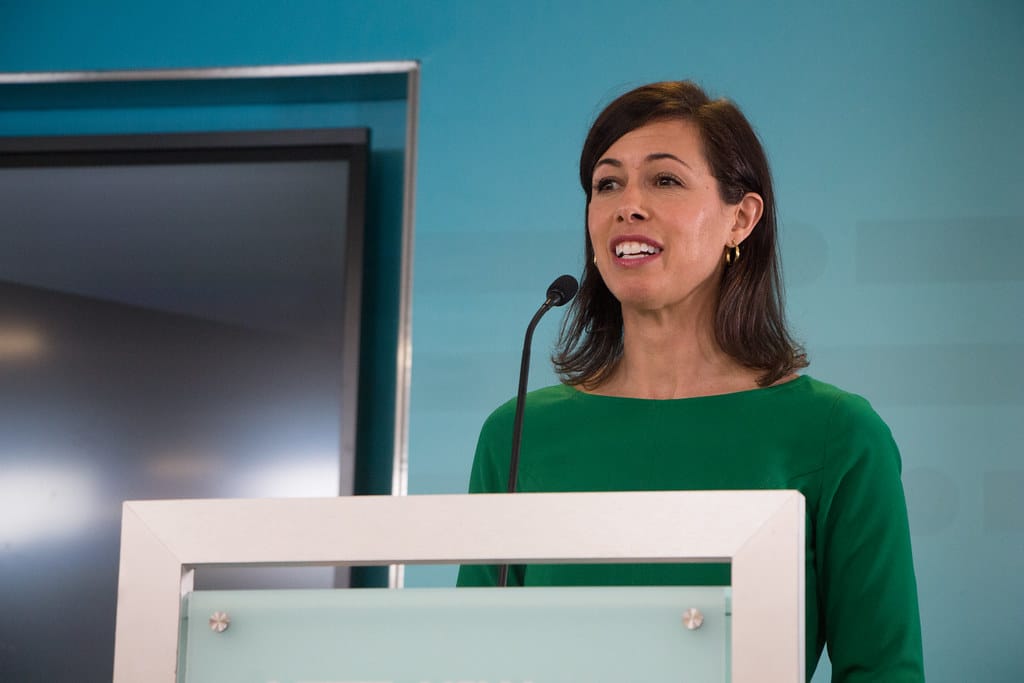Providers Call for More FCC Telehealth Funding as Demand Grows
‘I think obtaining funding from the Universal Service Fund would go a long way.’
Riley Haight

WASHINGTON, July 26, 2022 – Health care providers in parts of America say they are struggling to deliver telehealth due to a lack of broadband connectivity in underserved communities, and recommended there be more funding from the Federal Communications Commission.
While the FCC has a $200-million COVID-19 Telehealth program, which emerged from the Coronavirus Aid, Relief and Economic Security (CARES) Act, some providers say more money is needed as demand for telehealth services increases.
“The need for broadband connectivity in underserved communities exceeds current availability,” said Jennifer Stoll from the Oregon Community Health Information Network.
The OCHIN was one of the largest recipients of the FCC’s Rural Health Care Pilot program in 2009. Stoll advocated for the need for more funding with the non-profit SHLB Coalition during the event last week. Panelists didn’t specify how much more funding is needed.
Stoll noted that moving forward, states need sustainable funding in this sector. “I am hoping Congress will be mindful of telehealth,” said Stoll.
“The need for telehealth and other virtual modalities will continue to grow in rural and underserved communities,” she added.
Brian Scarpelli, senior global policy counsel at ACT, the App Association, echoed the call for FCC funding from the Universal Service Fund, which subsidizes basic telecommunications services to rural areas and low-income Americans. “I think obtaining funding from the Universal Service Fund would go a long way.”










Member discussion